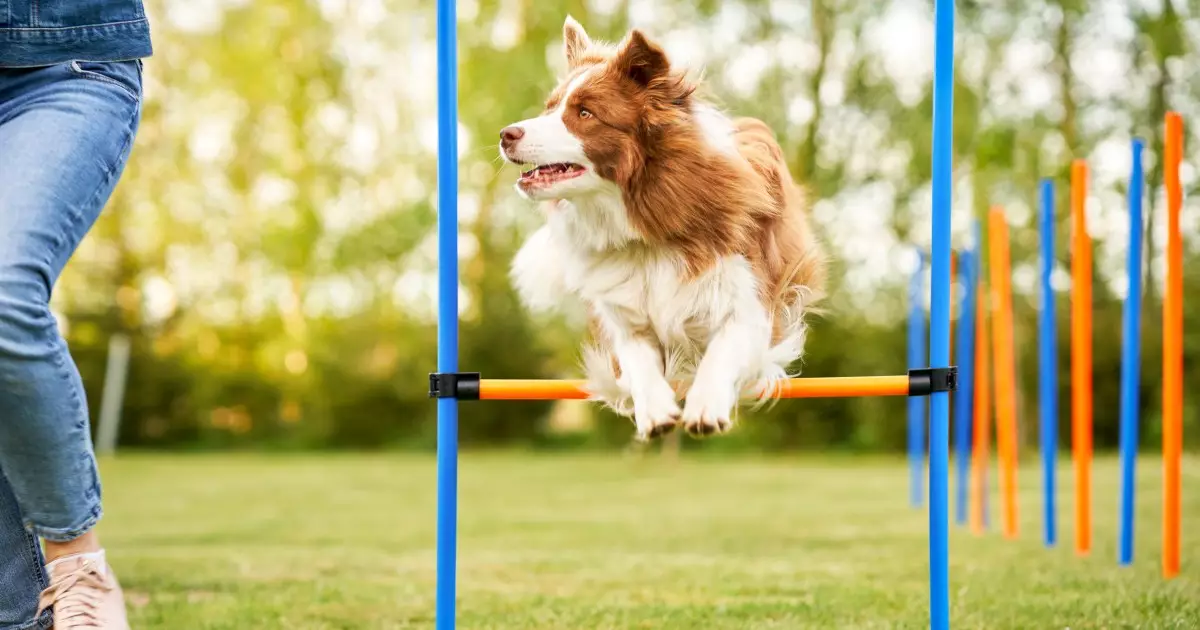Agility is more than just a competitive sport; it is an engaging activity that fosters teamwork between dog and handler. With roots in obedience training, agility challenges dogs to navigate a series of obstacles under the guidance of their human counterparts. This dynamic interplay showcases the remarkable bond that can exist between a dog and its owner while also serving as an outlet for energy and mental stimulation. Enthusiasts of all levels—whether novice or seasoned—find joy in the exciting atmosphere agility brings, which captivates not only participants but also spectators.
In a typical agility competition, handlers guide their dogs through an intricate course filled with diverse obstacles such as tunnels, jumps, weave poles, and seesaws. The sheer variety of tasks demands precision and speed while allowing for an array of handling techniques. Unlike many sports, handlers are prohibited from physically assisting their dogs; they must rely solely on verbal commands and visual signals to direct their furry companions through challenges. This unique aspect of agility not only tests the physical capabilities of the dog but also highlights the communication skills and intuitive understanding developed through training.
Competitions are categorized by various factors, including the dog’s size and experience level, ensuring that each participant competes fairly against others of similar abilities. While certain breeds like the Border Collie or Australian Shepherd are often highlighted due to their natural agility and intelligence, it is essential to note that any dog, regardless of breed, can successfully engage in this sport. The spirit of agility embraces inclusivity, allowing pets of different shapes and sizes to thrive.
One of the most significant advantages of agility training is its duality as both a physical and mental workout. The sport provides ample opportunities for dogs to build confidence as they learn to master specific maneuvers. With each accomplishment, dogs not only enhance their skills and athleticism but also gain a greater sense of self-assurance. The interplay of challenges and interactions leads to the development of problem-solving skills in dogs, strengthening their mental faculties.
Moreover, the bond between handler and dog deepens through collective training experiences. As partners in this endeavor, humans and dogs learn to navigate the intricacies of agility together, which promotes improved communication beyond routine commands. This connection fosters trust and understanding, allowing for a richer relationship that transcends basic obedience.
Before diving into the world of agility, there are essential factors to consider for the health and well-being of your dog. Scheduling a veterinary check-up is crucial to ensure your pet is physically fit for the rigors of agility. Dogs with certain predispositions to health issues, such as hip or elbow dysplasia, should be evaluated thoroughly. Additionally, a shy or anxious dog may struggle with the demands of agility; hence, ensuring their emotional readiness is just as vital as addressing physical conditions.
It is equally important for your dog to exhibit good behavior in social settings. Although direct contact is limited during training, maintaining a peaceful environment is critical for the safety and comfort of all participants.
When seeking to embark on an agility training journey, look for local training facilities that offer structured classes suited to various skill levels. Opting for courses that utilize positive reinforcement methods ensures a supportive training atmosphere. If you prefer a more personalized experience, consider engaging a private trainer who can tailor sessions to fit your dog’s unique needs.
For those with sufficient space at home, investing in agility equipment can be a worthwhile endeavor. DIY alternatives using everyday items can also introduce agility concepts in a fun and interactive way.
Overall, agility training is an outstanding choice for pet owners seeking to bond with their dogs while providing them with mental and physical stimulation. Although it may not be the right fit for every dog, those who embrace its challenges can thrive. The joy of navigating courses together not only serves as a playful exercise but also enriches the human-animal connection. For those looking to explore additional activities with their dogs, the world of tricks and park opportunities awaits—each promising new adventures for both handler and companion.

